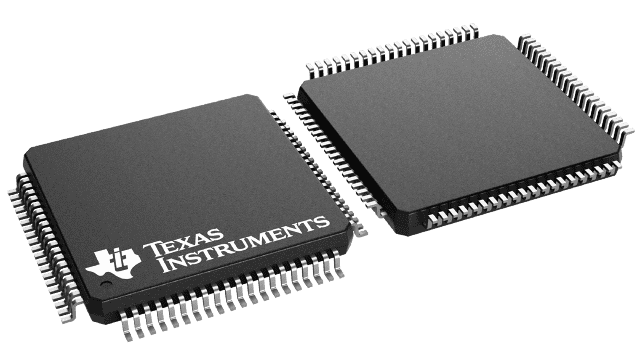Texas Instruments
MSP430FG438IPN
MSP430FG438IPN
Couldn't load pickup availability
MSP430FG438IPN Texas Instruments - Yeehing Electronics
8 MHz MCU with 48KB Flash, 2KB SRAM, 12-bit ADC, Dual DAC, DMA, 3 OpAmp, 128 seg LCD
Pricing (USD)
| Quantity | Unit Price |
| 1 — 99 | 9.167 |
| 100 — 249 | 7.473 |
| 250 — 999 | 5.874 |
| 1,000 + | 3.49 |
The above prices are for reference only.
Specifications
| Manufacturer | Texas Instruments |
| Product Category | 16-bit Microcontrollers - MCU |
| RoHS | Y |
| Mounting Style | SMD/SMT |
| Package / Case | LQFP-80 |
| Series | MSP430FG438 |
| Core | MSP430 |
| Data Bus Width | 16 bit |
| Maximum Clock Frequency | 16 MHz |
| Program Memory Size | 48 kB |
| Data RAM Size | 2 kB |
| ADC Resolution | 12 bit |
| Number of I/Os | 48 I/O |
| Operating Supply Voltage | 1.8 V to 3.6 V |
| Minimum Operating Temperature | - 40 C |
| Maximum Operating Temperature | + 85 C |
| Packaging | Tube |
| Height | 1.4 mm |
| Length | 12 mm |
| Program Memory Type | Flash |
| Width | 12 mm |
| Brand | Texas Instruments |
| Data ROM Size | 256 B |
| Data ROM Type | Flash |
| Interface Type | Serial |
| Moisture Sensitive | Yes |
| Number of ADC Channels | 8 Channel |
| Number of Timers/Counters | 2 Timer |
| Processor Series | 4 Series |
| Product Type | 16-bit Microcontrollers - MCU |
| Factory Pack Quantity | 119 |
| Subcategory | Microcontrollers - MCU |
| Tradename | MSP430 |
| Watchdog Timers | No Watchdog Timer |
| Part # Aliases | MSP430A079IPN MSP430A095IPN |
| Unit Weight | 0.016427 oz |
For more information, please refer to datasheet
Documents
| MSP430FG438IPN Datasheet |
More Information
The Texas Instruments MSP430™ family of ultra-low-power microcontrollers consists of several devices featuring different sets of peripherals targeted for various applications. The architecture, combined with five low-power modes, is optimized to achieve extended battery life in portable measurement applications. The device features a powerful 16-bit RISC CPU, 16-bit registers, and constant generators that contribute to maximum code efficiency. The digitally controlled oscillator (DCO) allows the device to wake up from low-power modes to active mode in less than 6 µs.

